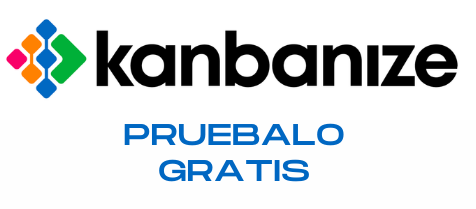The personal map is a technique driven by management 3.0 that can bring many benefits. It has to be applied very carefully because it can cause certain complicated situations. In a post some time ago, I explained what a personal map consists of, with its benefits and the reasons to use it. In this article we will analyze some situations in which the personal map worked for us and brought us a lot of value, in addition to some cases that were a challenge and finally, aspects that were tense and best avoided.
Indice de contenidos
What is personal map?
The personal map consists of sharing information about a person. You start by putting your name in the center and then write categories of interest around it. For example: home, education, work, hobbies, family, friends, goals and values. Then the personal map is expanded by adding the relevant things about the person.

A case in which the personal map contributed value
In one of the teams in which I participated as the Scrum Master, there were five people who had communication issues, among other problems, such as tense relationships while at work. I proposed they make a personal map. he result was curious because they actually had a lot in common. As a result, several people on the team started making a habit of spending more time together outside of the office. This led to closer relationships within the team. Naturally, the result was improved team collaboration and communication.
When the personal map was a challenge
I remember the day I wanted to apply the personal map in a team. I detected that there was a lack of empathy between them, their colleagues, and some stakeholders. The idea for the activity was easy: how much do you know about your colleagues? What I didn’t expect was that people would refuse to do it on the grounds that they knew each other better than their own family, since they had been working together for more than ten years. I wasn’t expecting this result in the least; I was shocked.
So, I proposed a little challenge. It consisted of choosing two volunteers. If neither of them knew more than half of the other person’s personal details the whole team would be open to to participate in the personal map challenge. The whole team accepted the challenge. Can you imagine the result? More than 50% of the things these two people shared were unknown to them. The result was so remarkable that the same team decided to hang their personal map in their workspace.
The moment when the personal map couldn’t help me
I will not be able to forget in my beginnings with management internship 3.0, the day I wanted to apply the personal map and I came across an excellent professional who did not want to share his personal side with his colleagues. Something totally legitimate. But the only thing he managed to do was to complicate the situation even more. At that time, I opted for other practices that I will tell you in future post.
Conclusion
The personal map is a simple practice and easy to apply. It can help people in a team get to know each other better and there is better communication and collaboration between them. I see even more potential in distributed teams and if they are from different cultures, since it is difficult to meet them in person. But you have to be careful when using it. Use personal map thinking about people Allows people to share what they consider Do not force them to share something specific. Make people feel free to share their personal side.








